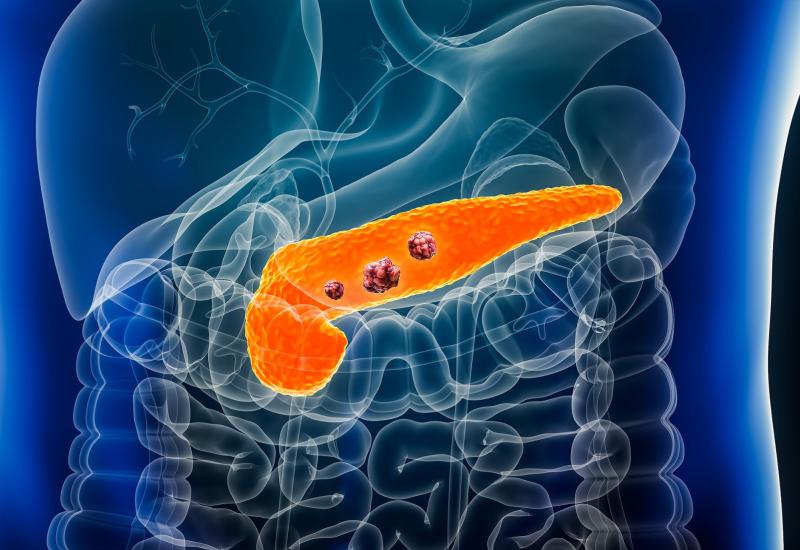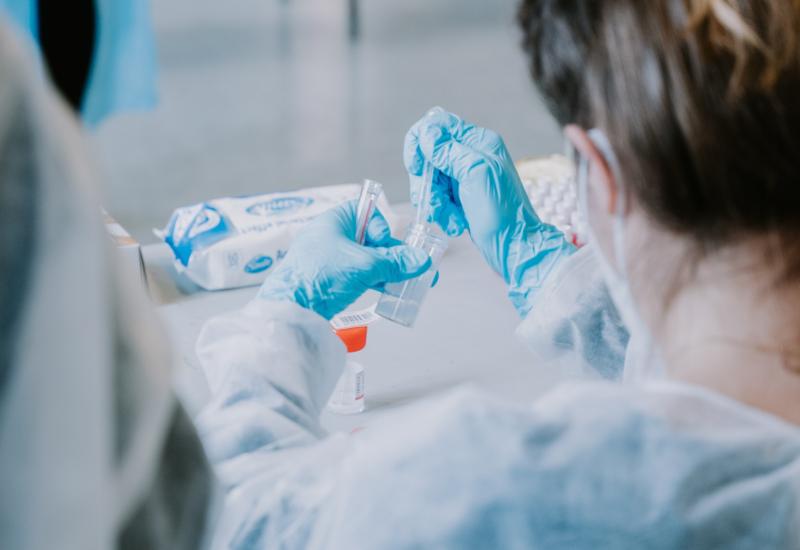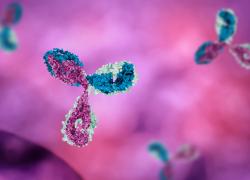
The first test of Recursion's Exscientia move
The combined company's MALT1 inhibitor has started phase 1.
The combined company's MALT1 inhibitor has started phase 1.

The biopharma industry's seventh clinical-stage MALT1 inhibitor, and a fourth one with activity on PARG, feature among the latest new listings on the clinicaltrials.gov registry. These molecules are Recursion's REC-3565 and Evopoint's XNW29016 respectively.
First-in-human study entrants also include Innovent's bispecific ADC against TROP2 and PD-L1, a fresh ATR inhibitor from Yayo Biotech, and yet another ADC that hits Claudin18.2. The MALT1 inhibitor especially will be of interest to investors who backed last November's takeover by Recursion of Exscientia, a move claimed to bring together "two leaders in the AI drug discovery space".
Behind the hype, of course, lay the reality that Recursion was buying a distressed biotech along with its portfolio of early-stage molecules. Among these was REC-3565, which at its parent company was coded EXS73565, and was targeting phase 1 entry in the first quarter of 2025. This timeline has apparently been achieved, with clinicaltrials.gov revealing a start date of 31 March.
In MALT1 the most advanced player, according to OncologyPipeline, is Johnson & Johnson with JNJ-67856633, a small molecule in phase 1 that yielded a 28% ORR at its recommended phase 2 dose in a CLL study whose results were presented at EHA in 2023. This is just about the only clinical benchmark for Recursion to shoot for in its own CLL study.
Synthetic lethality
Meanwhile, PARG inhibition is a synthetic lethality mechanism whose exponents include Ideaya's IDE161, Danatlas's DAT-2645 and 858 Therapeutics' ETX-19477.
These clinical players have now been joined by Evopoint's XNW29016, whose phase 1 solid tumour trial began in April. PARG is said to play a key role in the resolution of PARP 1/2-dependent DNA damage repair. Early IDE161 data showed one confirmed partial response, in a colorectal cancer patient, among five subjects with HRD-positive tumours.
Recently disclosed first-in-human studies*
| Project | Mechanism | Company | Trial | Scheduled start |
|---|---|---|---|---|
| REC-3565/ EXS73565 | MALT1 inhibitor | Recursion | B-cell malignancies | 31 Mar 2025 |
| XNW29016 | PARG inhibitor | Evopoint | Solid tumours | 11 Apr 2025 |
| IBI3014 | PD-L1 x TROP2 ADC | Innovent | Solid tumours | 18 Apr 2025 |
| YY2201 | ATR inhibitor | Yayo Biotech | Solid tumours | 26 May 2025 |
| SIBP-A18 | Claudin18.2 ADC | Sinopharm | Claudin18.2+ve solid tumours | 15 Jun 2025 |
| YH32364 | EGFR x 4–1BB MAb | Yuhan | EGFR-overexpressing solid tumours | Jun 2025 |
| ESG406 | Undisclosed ADC | Escugen | Solid tumours | Jun 2025 |
| MHB046C | Undisclosed ADC | Minghui Pharmaceutical | Solid tumours | Jun 2025 |
Note: *projects newly listed on the clinicaltrials.gov database between 16 and 23 May 2025.
There is perhaps a less strong rationale for continuing to work on a separate synthetic lethality mechanism – ATR inhibition – where Yayo is taking forward the molecule YY2201.
This approach has seen disappointments with Bayer's elimusertib and AstraZeneca's ceralasertib. Perhaps the biggest blow for this mechanism was struck last year when Roche scrapped a licensing deal that had given it rights to Repare Therapeutics’ ATR inhibitor camonsertib.
Elsewhere, Innovent's IBI3014 combines TROP2 blockade with PD-L1 binding, aiming mechanistically to achieve in one MAb what Daiichi Sankyo/AstraZeneca, for instance, have attempted by combining Datroway with Keytruda. OncologyPipeline reveals anti-PD-L1 x TROP2 bispecific ADCs from Allygen (ALG01) and Helixon, but IBI3014 is the only one so far to enter human testing.
Far greater crowding is evident in the anti-Claudin18.2 space into which Sinopharm has just thrown SIBP-A18. OncologyPipeline shows 18 clinical-stage projects using the ADC modality alone, in addition to various cell therapies and naked MAbs also in development.
1105













